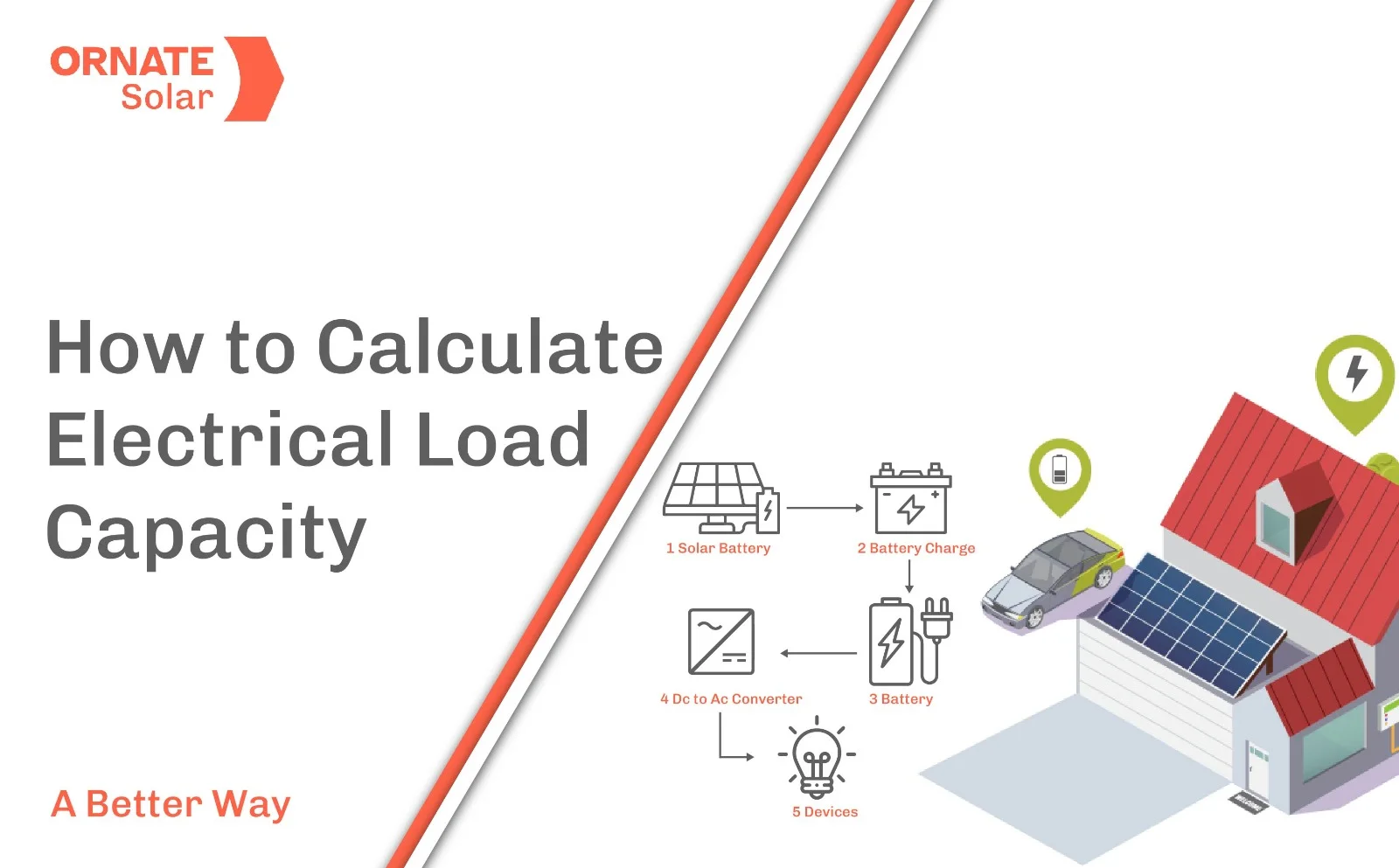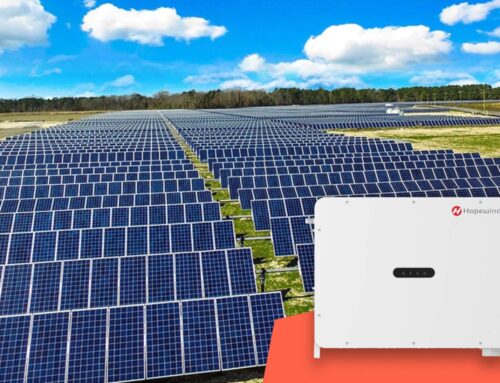

If you have any electrically powered appliances in your house, you have an electrical burden. Your appliances, whether they’re a washing machine, air conditioner, or light bulb, all require an electrical load to function.
Understanding what an electrical load is and why it matters is crucial for homes. This is because your electrical load has an impact on your energy cost, as well as your decision to install solar and battery storage.
What is an Electrical Load?
An electrical load can be classified and defined in a variety of ways. However, in this essay, we’ll concentrate on two definitions that are very crucial for homeowners to comprehend.
- Any equipment that consumes electrical energy and converts it into a different form is referred to as an electrical load.
- These gadgets will take electrical energy in the form of a current and convert it into something else. Light, motion, and electric heat are all examples of electrical energy transformations.
- The total quantity of electricity required to operate an appliance, lights, or outlet is referred to as an electrical load.
Types of electrical loads
There are three basic sorts of electrical loads that you may encounter in your home. Resistive loads, inductive loads, and capacitive loads are the three most frequent load types.
Resistive loads
Any electrical load that includes a heating element is called a resistive load. In time with a sinusoidal variation in voltage, a resistive load draws an electrical current in a sinusoidal waxing-and-waning pattern. Resistive loads, on the other hand, maintain synchronized current and voltage levels.
Resistive loads can be found in devices such as:
- Incandescent lights
- Toasters
- Ovens
- Space heaters
Inductive loads
Individual inductive fields are created by wire coils in an inductive load, also known as a trailing load. Inductive loads’ current follows a sinusoidal pattern and peaks exactly after the voltage sine wave’s peaks, unlike resistive loads. This indicates that the maximum, minimum, and zero points of each wave are out of phase.
Inductive loads can be found in a variety of devices, including:
- Dishwashers
- Washing machines
- Refrigerators
- Air conditioners
- Electric motors
Capacitive loads
A capacitive load features both current and voltage waves that are out of phase, similar to an inductive load. With a capacitive load, on the other hand, the current peaks before the voltage. Capacitive load elements, which have the highest power factors, are frequently employed to boost electrical circuits. Capacitive loads, unlike inductive and resistive loads, will not be available separately. Other electrical loads, particularly inductive loads, are supported by capacitive loads.
Significance of Knowing Your Electricity Load?
The most significant reason to understand your electrical load is to get a better knowledge of your home’s energy use. Your electrical load tells you how much electricity your appliances and home require to run, and it’s a good indicator of how much power your home will consume.
Knowing the electrical demands of all of your home’s major equipment will also help you keep a tighter grip on your monthly electric bill.
If you’re on a demand charge rate, knowing the electrical load of your appliances and residence is very critical. A demand charge rate is a tariff set by your utility that takes into account your maximum power use during a given period and charges you accordingly. You can lower your maximum power consumption and lower your demand charge-based electric bill by regulating what electrical loads are used at any one moment.
The Right way to Calculate the Home’s Electrical Load Capacity
Calculating your electrical load will help you guarantee that your electrical service is capable of satisfying your household’s requirements.
A method for calculating electrical load has been established by industry specialists and is widely utilized by households. This approach will determine how many amps your home requires.
- Add the wattage of all general lighting circuits together.
- Add the wattage of all plug-in outlet circuits together.
- Add the wattage ratings of all permanent electrical appliances together (dryers, water heaters, dish measuring your electrical load washers, etc.)
- Subtract ten thousand dollars from the total.
- Divide the total by 0.4.
- Increase the total by 10,000.
- Compare your air conditioner’s wattage to the wattage of all of your primary heating appliances. Then add the greater of the two integers to the total. Because you will only ever use one of these appliances at a time, only add the highest number.
- To get the overall load, multiply the number of watts by the volts (most homes use 240 volts).
You might ask why steps 4-6 are necessary. They are based on the idea that you will not be utilizing all of your electrical equipment at the same time. As a general rule, your maximum energy use will be 10,000 watts plus 40% of the remaining watts in your home.
These calculations will give you an idea of how much total amperage you’ll need to power your house. You can use this diagram to see if your present electrical service is appropriate. Electrical suppliers’ services typically range from 100 amps for a smaller home to 400 amps for homes larger than 3,500 square feet.
Using an internet load calculator or having your load calculated by a professional electrician are two other alternatives for calculating load.
Benefits of the electrical load calculation on your solar panel system size
The electrical load on your home provides important information about past, present, and future energy consumption. That’s why, when it comes to sizing your solar system, your electrical demand is crucial, especially if you want to get 100 percent of your energy from solar panels.
If you’re considering an energy storage option, you should also evaluate your home’s electrical load and particular appliances. Knowing the power consumption of your appliances and your entire home can help you choose the right size and type of backup battery. Because all backup power sources have limits on the amount of electrical demand they can handle, you’ll want to pick a solution that has adequate capacity to meet your requirements.
In addition, your electrical load will influence how long your battery backup can power your home and whether it can power all or only important loads.
In brief, doing a thorough electrical load assessment is a critical step in planning and installing a solar panel system with battery storage that is adequate for your needs.
How Can We Help?
Hope this information about “Why is it Important to Calculate Your Electrical Load?” helps you.
If you are planning to start a solar business or install a solar solution, you can connect with Ornate Solar to get the best assistance with the best prices for solar panels and inverters. We are the official partner of Canadian Solar panels & Renewsys solar panels in India. We are also the official distributor of SolarEdge inverters with DC optimizers, Enphase microinverters, Fronius On-Grid Inverters, and Havells solar inverters in India.
For more information, please give us a call at 011 4353 6666.












Leave A Comment